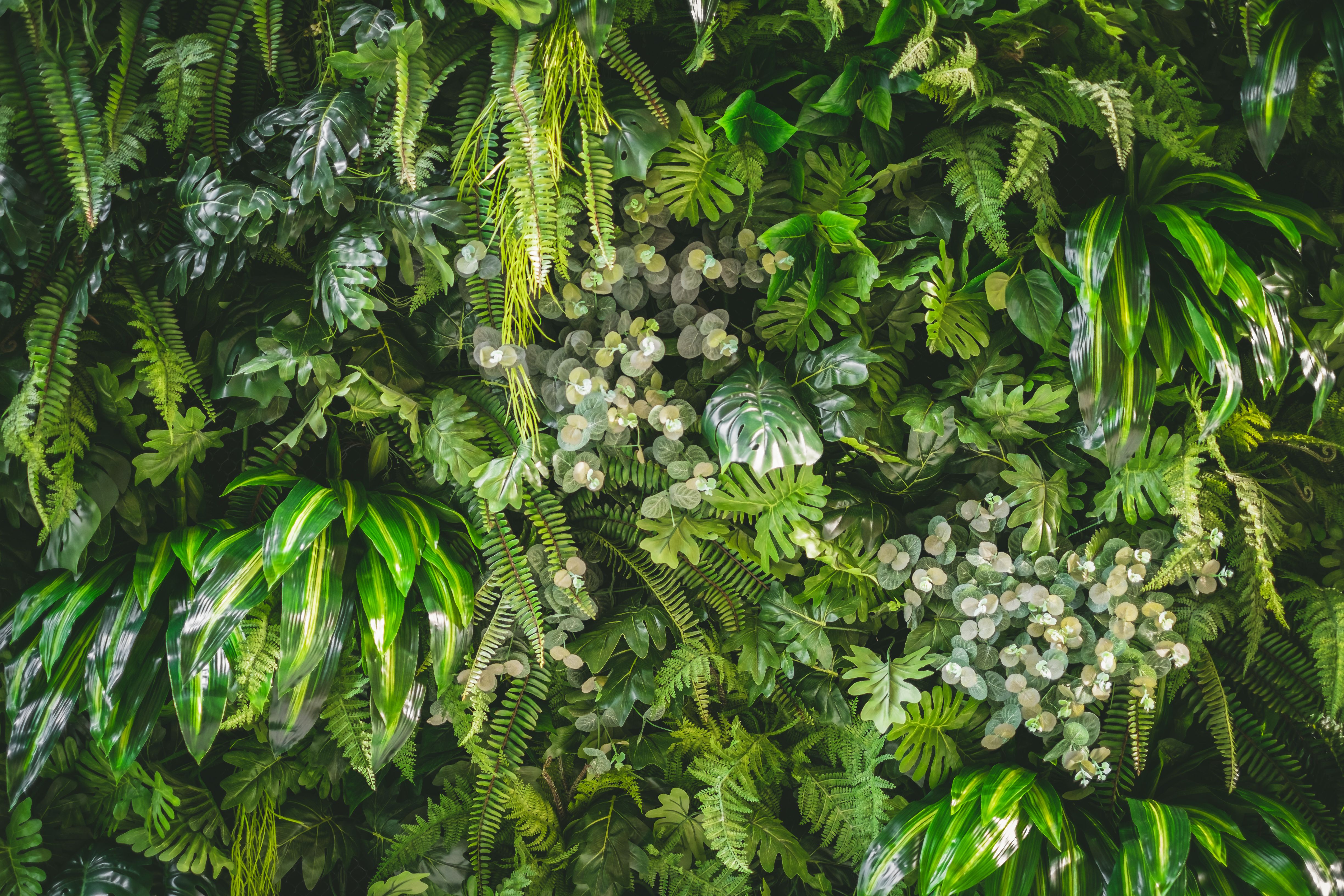Accurate Elemental Mapping of Plant Tissues Using LA-ICP-TOF-MS
A recent study led by Detlef Gunther examined using laser ablation with inductively coupled plasma time-of-flight mass spectrometry (LA-ICP-TOF-MS) in quantifying elements in biotissues of plants.
Detlef Gunther of ETH Zurich and his research team recently demonstrated a new method involving laser ablation with inductively coupled plasma time-of-flight mass spectrometry (LA-ICP-TOF-MS) to conduct elemental analysis on biotissues for plants, according to the team’s published findings in Analytical Chemistry (1).
Plant science is a scientific discipline that studies the interaction between plants and their environment. Other important areas of research in this field include studying the biochemistry and metabolism of plants, as well as the interaction of plants with pests and diseases (2). Understanding the elemental composition of plant tissues enables researchers to learn more about earth’s natural environment, which can be beneficial in several applications.
Spectroscopic techniques have been used to study plant tissue before. The current consensus is that laser ablation coupled to mass spectrometry is one of the most promising techniques for this type of analysis because of its distinct advantages over other techniques (3). For example, this technique reduces levels of contamination and sample preparation time (3).
Read More: Using SR-IMS to Study the Fate and Transport of Organic Contaminants in Plants
wall full of variety of green leaf topical plants some with flowers for background use. | Image Credit: © mrwinn - stock.adobe.com.

This study from Gunther and his team introduced a new approach combining laser ablation with inductively coupled plasma time-of-flight mass spectrometry (LA-ICP-TOF-MS) to analyze plant tissue. Although LA-ICP-TOF-MS has been used in geological applications extensively, there have been limitations encountered when the technique was used in plant science. However, Gunther and his team have devised a proof-of-concept sample preparation technique that promises rapid and accurate quantitative element mapping of various plant samples (1).
One of the main innovations of their technique lies in the fossilization of plant tissues, effectively transforming the complex biotissue matrix into a mineral-like matrix (1). This process not only solidifies the tissue but also enables precise quantification of elements by utilizing silicone as an internal standard for normalization (1). Doing this reduced image blurring and maintained consistent results, standardizing the ablation process (1).
Fossilization contributed to an improvement in quantitative imaging. One of the challenges that researchers have encountered in the past was that irregular ablation behavior often leads to incorrect interpretations because rapid ablation rates lead to high signals, which are mistaken for element enrichment (1).
Gunther and his team also demonstrated the efficacy of this approach on leaves from common crops like sunflowers, soybeans, and corn, grown in both normal and cadmium-spiked agricultural soil (1). By comparing results with traditional digestion followed by ICP-OES analysis, the researchers validated the accuracy and reliability of the method (1).
Ultimately, this method streamlines the imaging process by eliminating time-consuming sample preparation steps and employing safe chemicals, making it feasible for routine use in laboratories.
The diversity of plant samples tested underscored the versatility and reproducibility of the proposed sample preparation method. It holds immense promise for researchers in plant science, offering a robust tool to unravel the intricate elemental composition of various plant tissues with unprecedented accuracy and efficiency (1).
References
(1) Becker, P.; Nauser, T.; Wiggenhauser, M.; et al. In Vitro Fossilization for High Spatial Resolution Quantification of Elements in Plant-Tissue Using LA-ICP-TOFMS. Anal. Chem. 2024, 96 (12), 4952–4959. DOI: 10.1021/acs.analchem.3c05849
(2) John Innes Centre, What is Plant Science? Available at: https://www.jic.ac.uk/blog/what-is-plant-science/ (accessed 2024-04-17).
(3) Diniz, A. P.; Kozovits, A. R.; de Carvalho Lana, C. Quantitative Analysis of Plant Leaf Elements Using the LA-ICP-MS Technique. Int. J. Mass Spectrom. 2019, 435, 251–258. DOI: 10.1016/j.ijms.2018.10.037
Evaluating Microplastic Detection with Fluorescence Microscopy and Raman Spectroscopy
July 2nd 2025A recent study presented a dual-method approach combining confocal micro-Raman spectroscopy and Nile Red-assisted fluorescence microscopy to enhance the accuracy and throughput of microplastics detection in environmental samples.
Mediterranean Origins of Red Coral Artifacts in Xinjiang Reveal Ancient Silk Road Trade Links
June 26th 2025A new study published in Minerals reveals that red coral artifacts unearthed in Xinjiang’s Shengjindian cemetery originated from the western Mediterranean, highlighting early Silk Road trade and long-distance cultural exchange during the Han Dynasty.
New Machine Learning Model Distinguishes Recycled PET with 10% Accuracy Threshold
June 9th 2025Researchers from Jinan University and Guangzhou Customs Technology Center have developed a cost-effective UV-vis spectroscopy and machine learning method to accurately identify recycled PET content as low as 10%, advancing sustainable packaging and circular economy efforts.